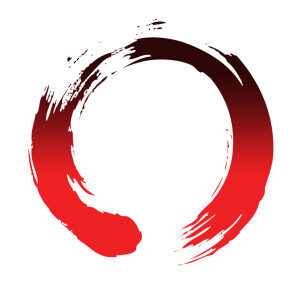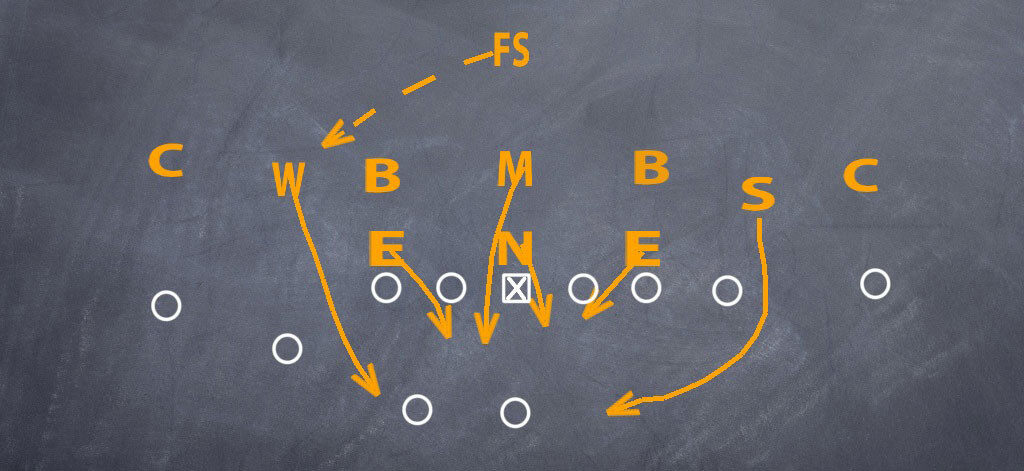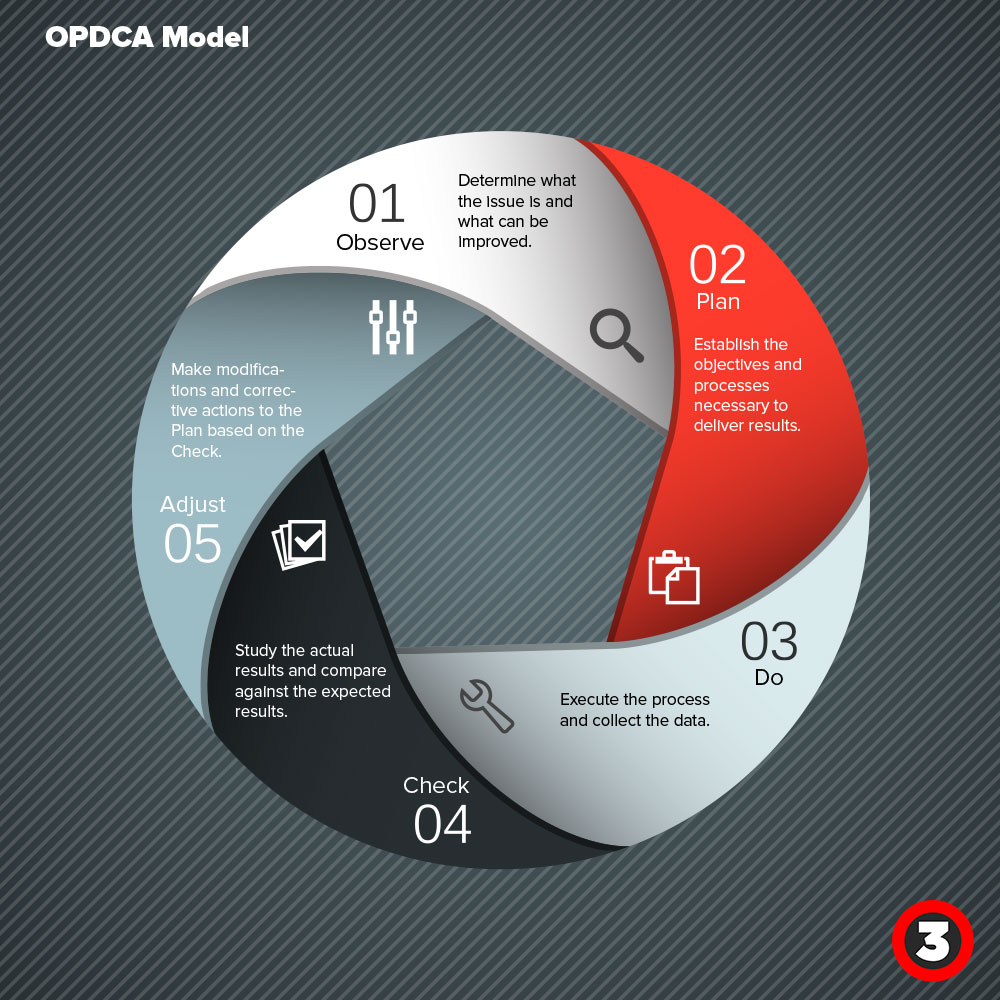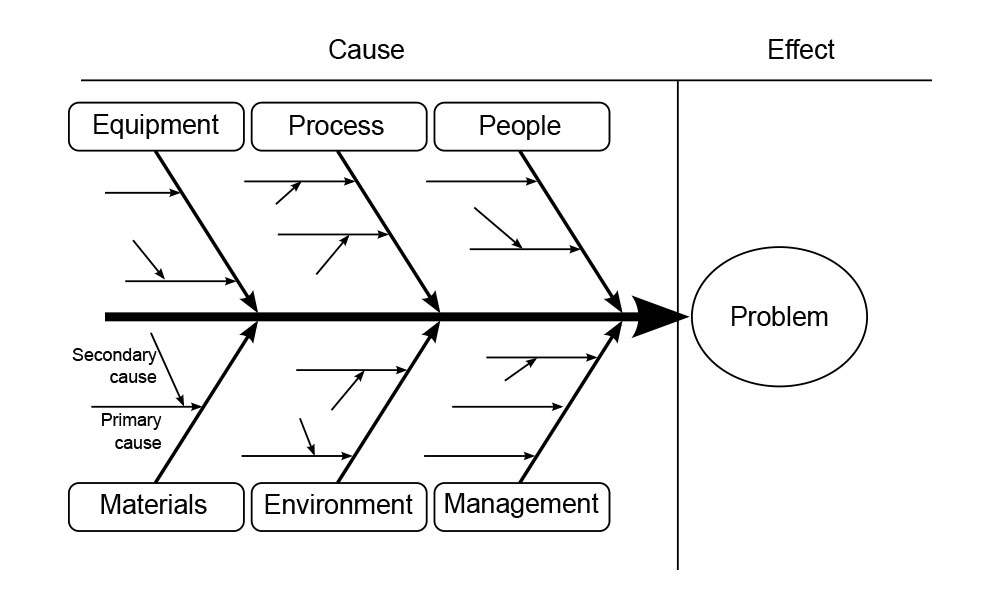Meaning “good change” the Kaizen method was developed for manufacturing optimization most notably at Toyota and applied to healthcare, banking, government, IT, and other industries. Kaizen goes beyond productivity improvement. When practiced with cross-departmental execution, Kaizen amplifies human power by process automation. Kaizen helps create a testing culture encouraging expiration to create continuous improvement.
Kaizen helps professionals streamline rote SEO processes allowing greater focus on quality of the User Experience and Data Architecture Mapping while creating an effective testing culture.
Big results are what C-level executives want and what makes Kaizen’s iterative approach ideal for SEO. Kaizen delivers continuous small improvements while creating process standardization. Adaptive improvements combined with testing yields large gains in productivity.

Kaizen entails making changes, monitoring results, and adjusting actions based on data. Large-scale planning and extensive project scheduling are replaced by smaller more adaptive experiments with new improvements suggested on an ongoing basis until a standard is achieved. Kaizen’s iterative process and agility means quick pivots and the ability to focus or refocus efforts to what is really going to move the needle for search traffic and site conversions.
In its original design, a Kaizen blitz is practiced in a short period of time (usually a week) to control the integrity of standards. These events, also known as bursts or a “Kaizen blitz” are limited in scope. Issues that arise from them can sometimes be used for later blitzes. Documentation of discoveries, raw data, and improvement standards should always be recorded for later reuse.

Applying the OPDCA Model
The OPDCA Model, or the Shewhart Cycle, is the visual model for the Kaizen process. A fundamental function of OPDCA model is a clean separation of each phase. If these segments are not properly separated, measurements of effect due to various simultaneous actions (causes) risk becoming confounded and unusable. For SEO projects, you can use this model to help keep your workflow moving or you can use this to improve processes that you intend to deploy. Through the use of small tests and the Kaizen model, we are able to document all primary objections and have solutions to overcome each. This is helpful for correcting on-page issues in batches and recording the gains and losses of rank/traffic.

Observe. Determine what the issue is – grasp the current condition and what can be improved or where bottlenecks exist.
Plan. Establish the objectives and processes necessary to deliver results in accordance with the expected goals. By establishing expectations, the integrity, plenum, and accuracy of the specification is also a part of the desired improvements. Whenever applicable, start on a small scale to test possible effects.
Do. Implement the Plan, execute the process, and make the changes. Collect the data for analysis for the next steps.
Check. Study the actual results that you have measured and collected in the Do step and compare against the expected results (targets or goals that were established in the Plan). Seek any deviation in implementation from the Plan that can save time by skipping unnecessary steps that have no bearing on the desired outcome. Be very deliberate here! At this point, you should also look at the consonance and amplitude of the Plan to enable the execution. This is where data visualization can make this much easier to see trends over several cycles in order to convert the collected data into information. Information is what you need for the next step.
Adjust. If the Check shows that the Plan that was implemented in Do is an improvement to the prior standard (baseline), then that becomes the new benchmark for how the organization should Adjust going forward. If the Check shows that the Plan that was implemented in Do is NOT an improvement, then the existing baseline will remain in place. Either way, if the Check shows something different than expected, whether better or worse, then there is more learning to be done. That will suggest potential future OPDCA cycles. Note that some who teach OPDCA assert that the Adjust involves making modifications or corrective actions. In general, it would be counterproductive to OPDCA thinking to propose and decide upon alternative changes without using a proper Plan phase.
The 5 Why System
An additional technique you can use for Kaizen is the 5 Whys. This is a form of root cause analysis in which the user asks a series of why questions about a failure that has occurred while basing each subsequent question on the answer to the previous. There are usually a series of symptoms stemming from one root cause and they can all be visualized using an Ishikawa fishbone diagram.

The 5 Whys is an iterative inquisition technique used to examine the cause and effect relationships underlying a particular issue. The main goal of the technique is to determine the primary issue of a defect or problem. The name is derived from an empirical observation on the number of iterations typically required to resolve the problem.
It is important to remember that the answer to each question then forms the basis for the next question. A disciplined approach to this process ensures a logical flow as you delve deeper into finding the root cause.
Here is an example:
Problem: The website lost 40% of organic traffic year-over-year (YoY) after redesign.
- Why? – We lost our rank. (first why)
- Why? – The site is not being properly indexed. (second why)
- Why? – The entire site is blocked by robots.txt. (third why)
- Why? – The dev server robots.txt file was carried over. (fourth why)
- Why? – The site launch checklist was not followed. (fifth why, a root cause)
This process helps us understand what the root cause of our problem is and how to possibly prevent it in the future.
For ongoing tasks, this process can help guide you on what actually moves the needle for you instead of going by “best practices” of techniques that work only in a vacuum or on low-competition campaigns.
The Kaizen method works for us and our clients but your mileage may vary. The discipline must be followed precisely to yield the kind of substantial, yet incremental improvements that deliver big results. Download a diagram example similar to the one we use for problem solving.

